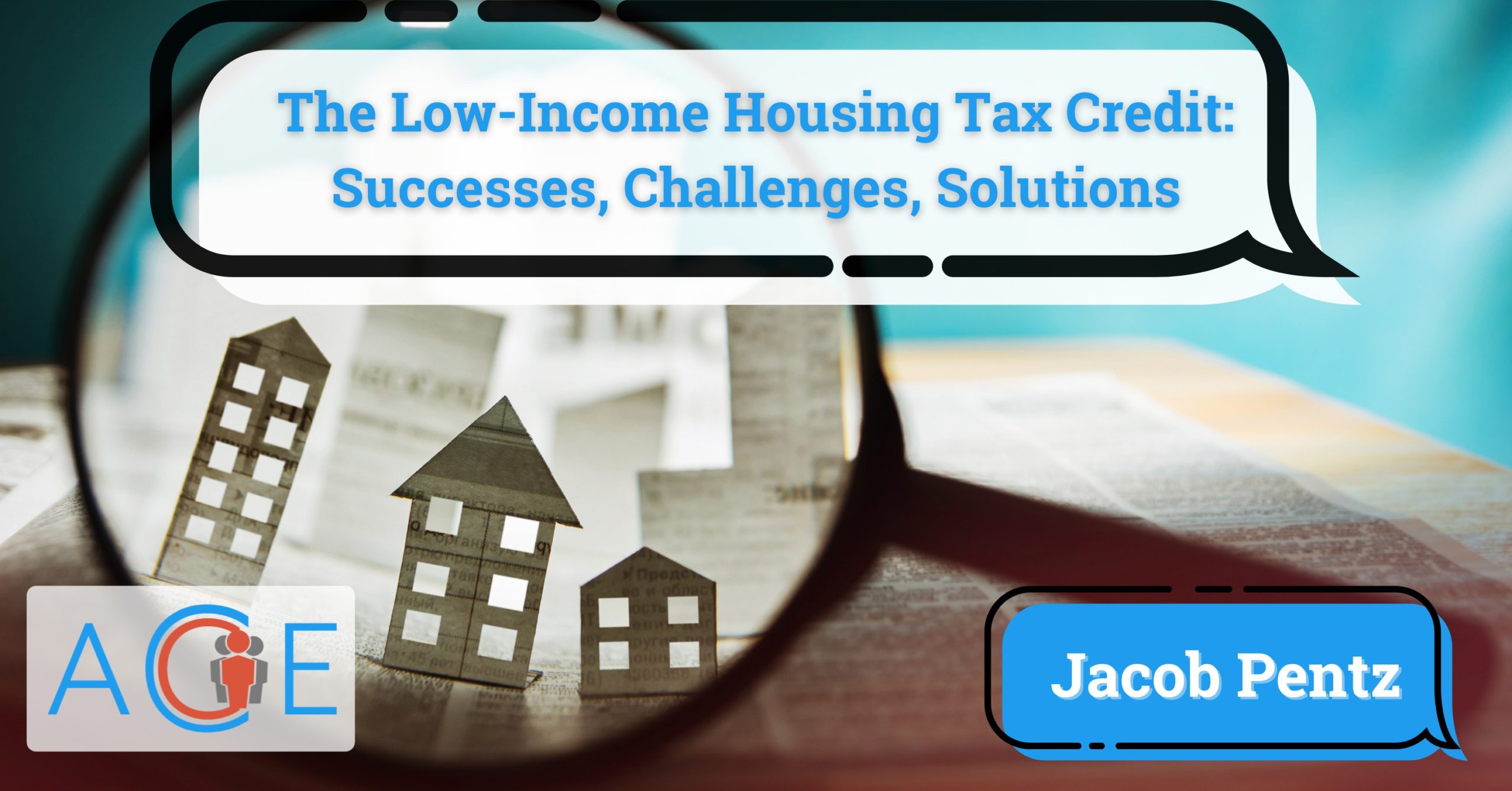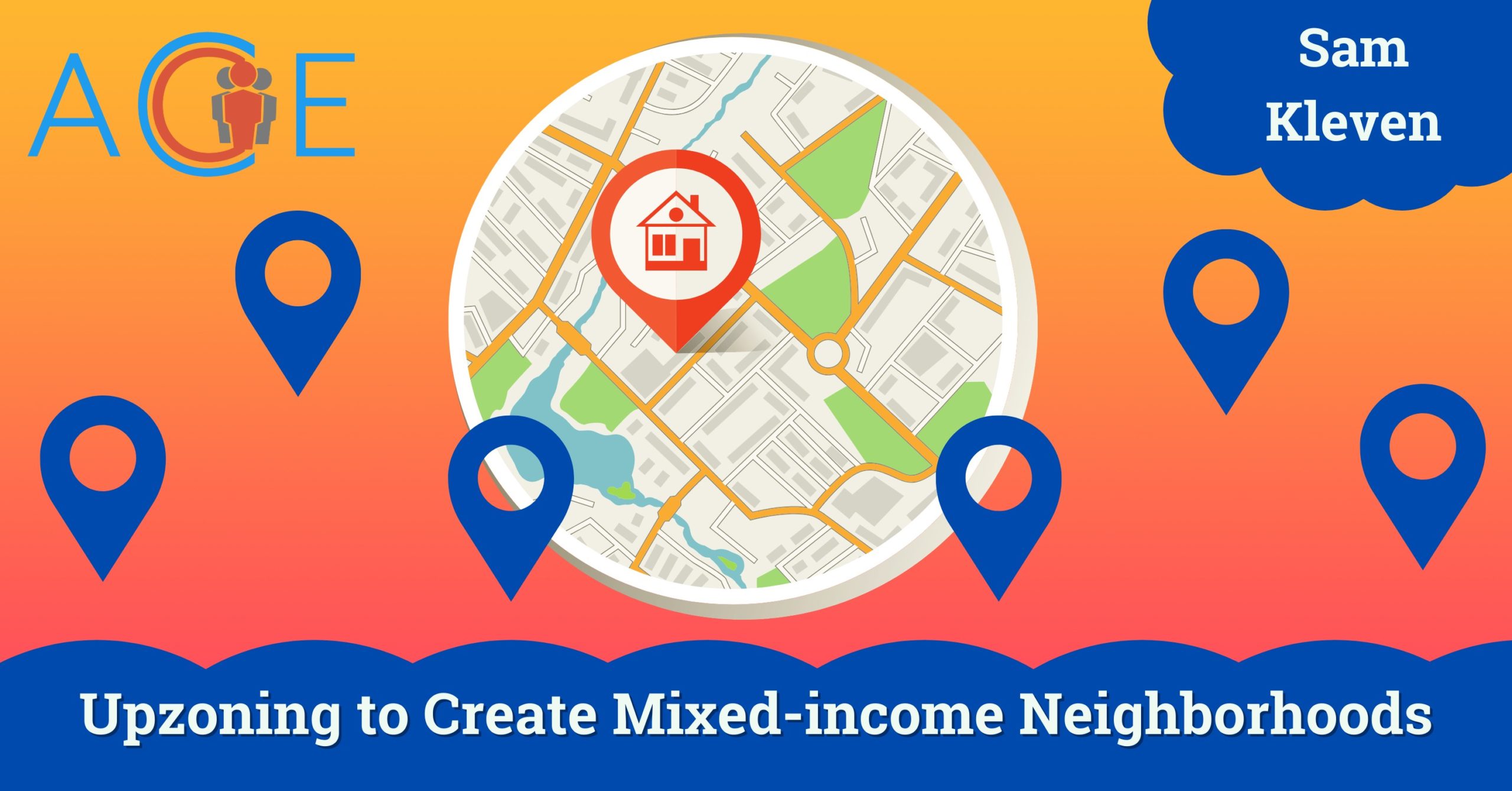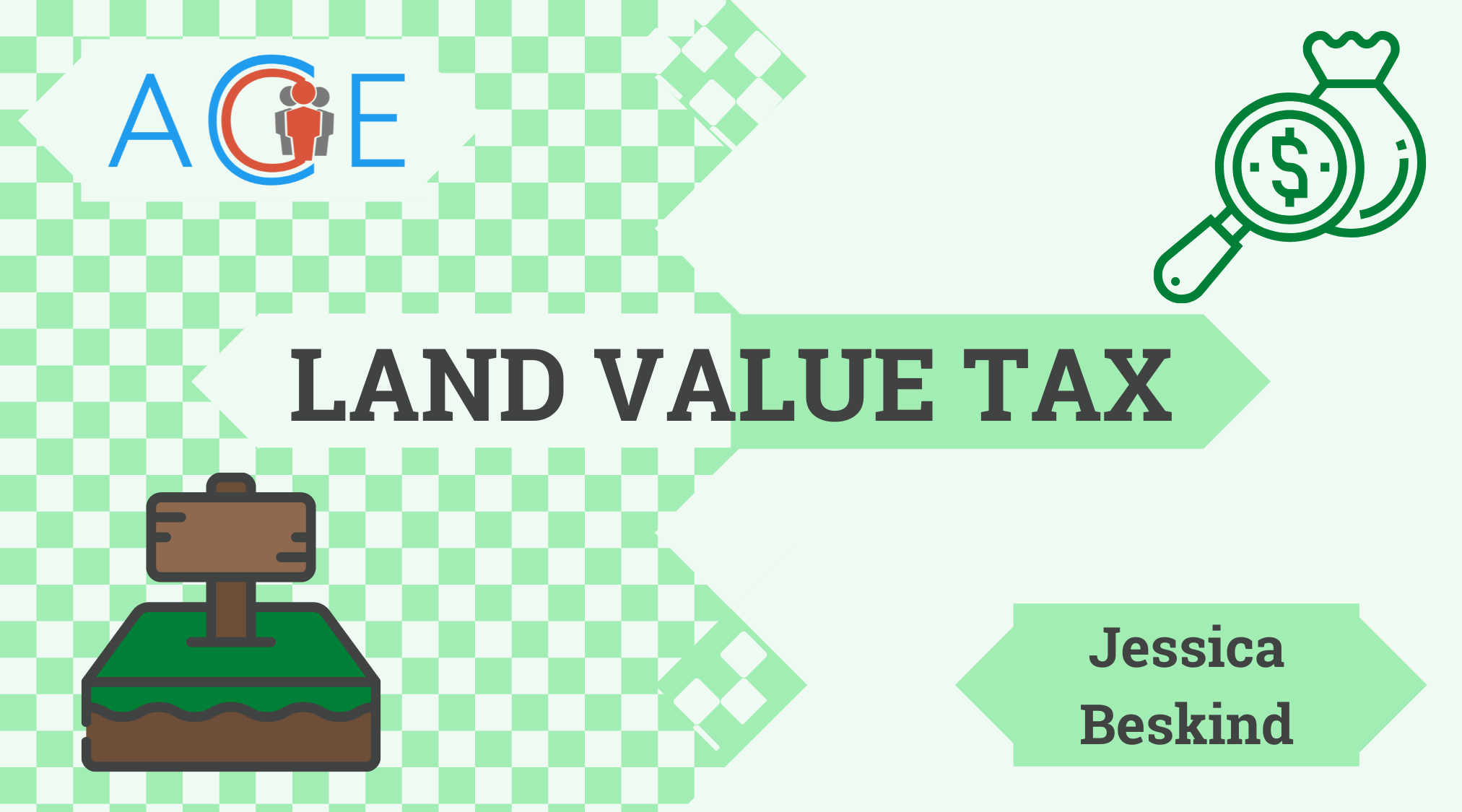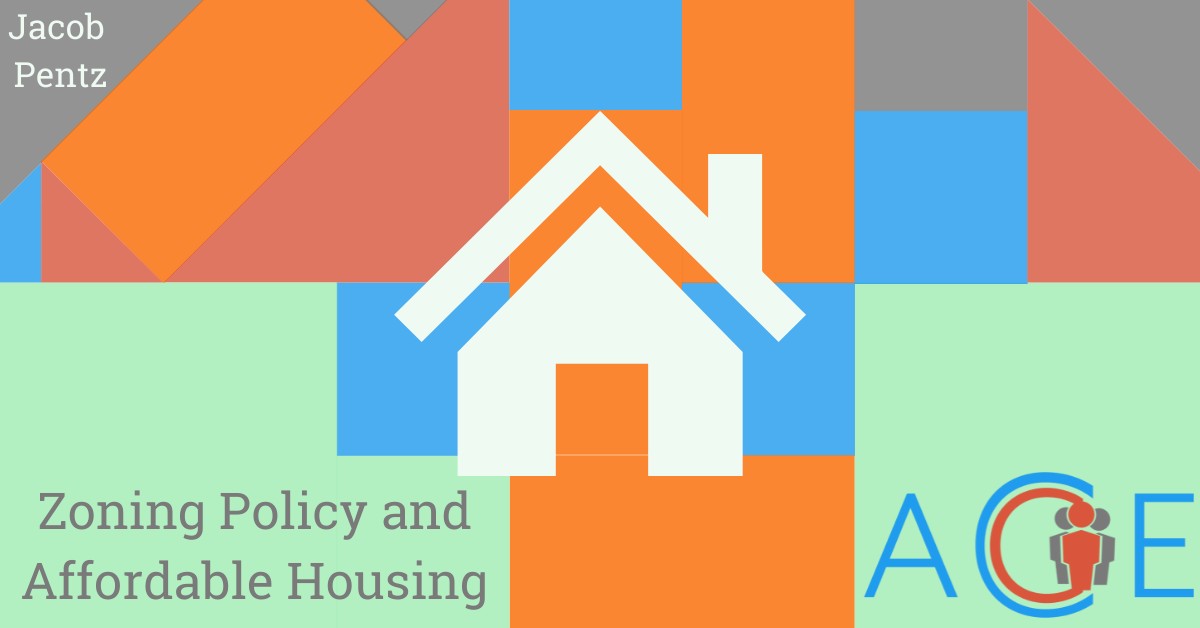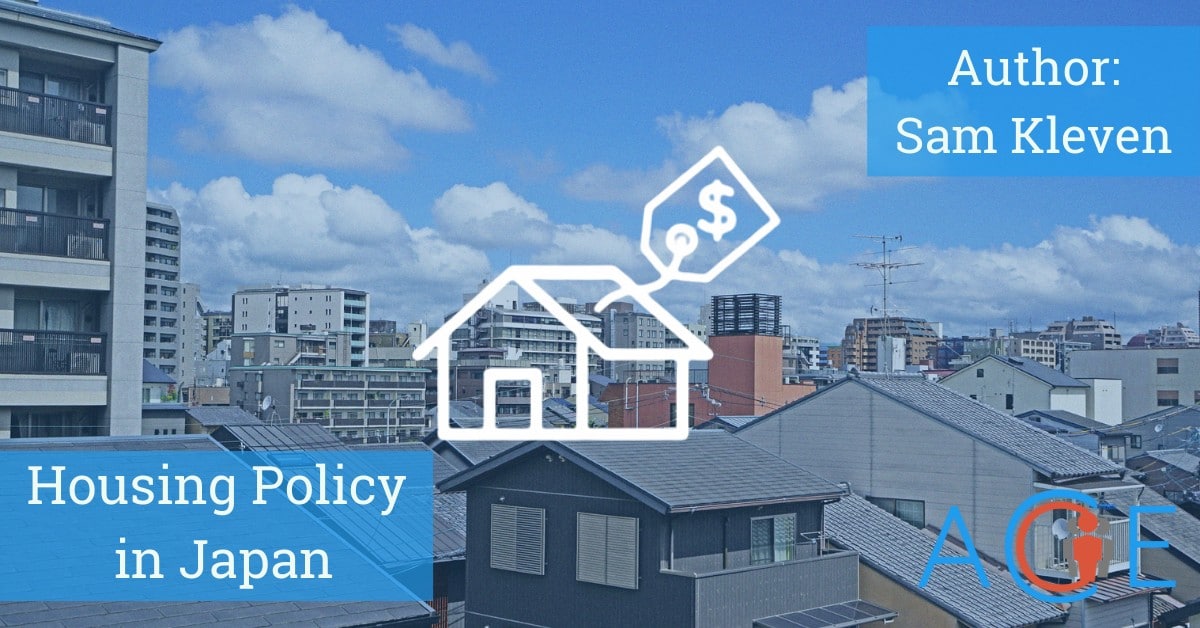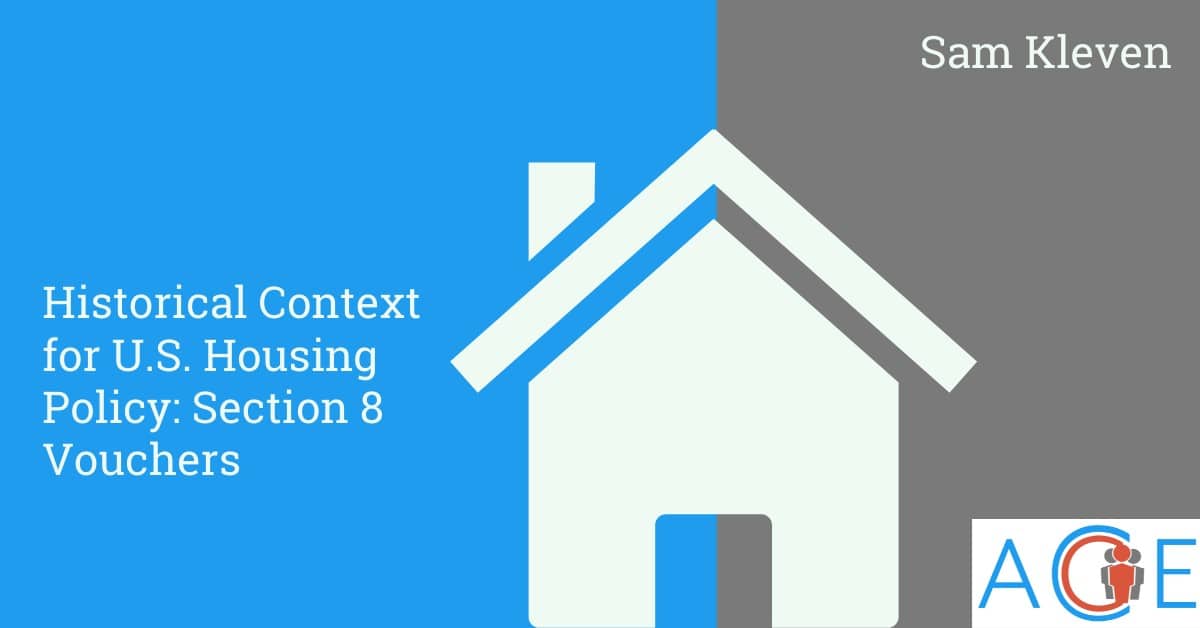The Problem: Unaffordability and Sprawl
The structure of American cities was created and has been maintained in accordance with the interest of affluent homeowners who leverage outsized political interest. Sweeping histories of residential segregation have emerged in recent years, igniting a conversation around how to remedy urban “ghettos”—predominantly Black and Latino portions of cities which feature high levels of crime, concentrated poverty, low upward mobility, and decrepit buildings. Since the political awakenings of the 1960s, experts on housing policy have recognized that mixed-income neighborhoods have the potential to substantially bridge the gap in life-quality between low and high income urban residents. Given the overwhelming evidence on the virtues of integration, why do cities in the United States remain starkly segregated?
Currently, the most notable source is local zoning ordinances, which determine what sorts of buildings can be built and where. Housing prices fluctuate, like any other good, in accordance with supply and demand. The hyper-localized nature of zoning decisions gives residents a stranglehold on the supply side, which chokes off new construction and drives up prices accordingly. For this reason, experts agree that the main cause of unaffordability in housing is a shortage in supply, particularly in job and amenity-rich urban areas.
To illustrate the gravity of the problem, a few key statistics are worth noting. In 2017, 48% of all renters qualified as cost-burdened, which means they spent over 30% of their household income on rent. By the same measure, about 75% of “low-income” renters were cost burdened; the majority of whom were severely cost-burdened—meaning they spent over 50% of their income on rent. While affordability of rental housing has always been a problem for low-income people—simply by virtue of insufficient incomes and a lack of social welfare provision—the share of working and middle-class Americans who struggle to pay the rent has risen precipitously in recent years. When developers are unable to build, housing unaffordability creeps further up the income ladder to the point where middle-class households with two adults working full-time are competing with low-income families for low-quality housing.
In addition to the troubles of affordability and the economic insecurity that accompanies it, restrictive zoning ordinances encourage urban sprawl—a phenomenon that increases the emittance of fossil fuels and contributes to climate change. Under current zoning regimes, developers are incentivized to build high-density developments along interstate highways far from the job-rich urban centers. California presents the most notable example of this problem, which manifests itself in crawling traffic and extensive commute times.
Across the United States, 75% of land in urban areas are zoned for single-family housing. These portions of land are usually high in amenity—home to well-funded and high achieving schools, low in crime, bordered by leafy green spaces—and present a lucrative opportunity to developers: build big buildings and make a lot of money. In other words, the reason developers are not building is not due to a fundamental market failure, because developers would build in earnest if given permission. Rather, it is the outsized influence of local homeowners who seek to limit new building projects.
A legal ruling made by the Circuit Court of Appeals in 1935 denied the federal government the power of “eminent domain,” which would have given Congress the ability to override local zoning codes. Instead, zoning codes are decided on a fragmented level, with cities and municipalities passing a mixture of overarching guidelines and case by case decisions. The lion’s share of new zoning propositions are subject to debate at local town hall meetings, where interest groups and individuals can show up and advocate to support or block potential zoning alterations. Many of these alterations aim to upzone or to expand the available options for any given property—to include duplexes, triplexes, or apartments, for example—given the current highly restricted landscape. At these meetings, a very specific demographic predominates; White, affluent homeowners, who are often older men, show up en masse to block construction of bigger, more affordable developments. These neighborhood defenders are often derided as NIMBYs, an acronym for “Not In My Backyard”.
Even where anti-development interests fail to block construction, developers are forced to shell out on up-front costs, which creates an overall deterrent against building in neighborhoods where NIMBY interests preside. To offset expenses from environmental reviews and delays in construction, developers in strictly zoned areas choose to build more expensive units, ultimately aggravating the affordability problem.
The Proposal: Upzoning
To address the dual-harms caused by strict zoning ordinances—scarcity and sprawl—the government should encourage new construction of high-density housing. As mentioned, the federal government lacks the leverage to effectively compel localities to alter their ordinances, though they do have some tools at their disposal. Most of this power lies in the ability to stipulate federal funding by making it conditional on local political action. For instance, a number of senators, including former Presidential candidates Cory Booker and Elizabeth Warren, have proposed withholding infrastructure and transportation funding from cities that are not “demonstrating progress towards reducing barriers to affordable housing.” “Progress,” here, would certainly include loosening strict zoning laws.
Some local governments, most notably the city of Minneapolis, have swum against the tide of homeowners in order to “abolish” single-family zoning. In California, where the affordability problem is at its worst, efforts to address zoning have been met with fierce opposition.
Whether it requires the full force of the federal government or the concentrated will of local advocacy, liberalizing zoning laws and removing single-family requirements is an essential step in addressing the housing crisis. There are, however, important arguments to note on both sides of the issue, many of which concern the operation and distribution of political power.
Arguments Against
Proposals to override restrictive zoning ordinances are flanked by critics on the left and on the right, who make very similar arguments, yet buttress them with vastly different language and ideological signaling. Both argue that local control of the housing landscape affords some level of popular sovereignty over the land. From this angle, the deployment of local interests at a town hall meeting appears to be a paragon of democratic decision making; it gives citizens direct control over their neighborhood and their livelihood. These critics worry that centralized control of zoning amounts to “weakening the ability of inhabitants to determine democratically how urbanized spaces are produced”.
On this point, NIMBY advocates also fold in an argument about the importance of individual choice, defined in the economic sense as unfettered self-interest. Neighborhood change, in this view, does violence to the homeowner’s past decision to settle down in a neighborhood zoned for single-family occupancy. Embedded in this argument is the fundamental contention over the ideal of integration—economic, racial, and otherwise—and the extent to which the ability to choose the nature of one’s lived environment is something to be desired. In its strongest form, this argument can be used (and has been used) to justify clear-cut racial segregation, simply due to the—hypothetical—fact that many White people oppose the presence of residents of color.
Overall, parsing the legitimacy of NIMBY interests is difficult and controversial. Research on how new density would impact the life-quality of homeowners in previously single-family zoned neighborhoods is mixed, but there is reason to think that they would sacrifice some of the benefits afforded by proximate affluence.
From the left flank, gentrification activists lament the pitfalls of urban renewal programs of the past, arguing that they shred the social fabric and cultural autonomy of low-income, often predominantly minority neighborhoods. They worry that new developments will displace existing low-income residents by raising rents. This alleged causal mechanism goes like this: new developments come in; the affluence of the new residents makes the areas more desirable, amenities such as business and transportation follow to cater to these new residents; the value of the surrounding land rises due to its desirability; rent for existing tenants skyrocket; low-income residents, now unable to afford such rents, are forced to relocate. Adversaries to zoning reform invoke this process—often discussed through the language of “gentrification”—to illustrate the government’s lack of attention towards people in poverty.
Arguments For
The most morally forceful argument for changing restrictive zoning laws are premised on the wealth of evidence suggesting that mixed-income neighborhoods afford low-income families heightened prospects of achieving key tenets of the American Dream. Thus, many YIMBY (“Yes In My Backyard”) advocates extoll the ideal of an integrated city of equal amenities and equal opportunity—an ideal only achievable if cheaper housing is available in every neighborhood. The key variable in this vision is affordability, which would increase across the board in the view of many YIMBY advocates.
As mentioned, there is near-consensus amongst experts that a lack of affordability springs primarily from widespread shortages in available units. In 2019, the National Low Income Housing Coalition’s annual report noted that there are 37 available affordable units for every 100 extremely-low-income renters. Constraints on new construction intended to bridge this gap contributes to rampant homelessness, particularly in Western states, and creates an affordability problem that afflicts low- and middle-income Americans. Armed with data emphasizing the centrality of housing in the equation for well-being, proponents of easing construction constraints argue that the interests of single-family homeowners who deplore new construction are outweighed by the social benefits of alleviating unaffordability.
Advocates of eliminating single-family zoning also note the subsidiary benefit that new construction has on housing quality. Even when targeted at households of middle and higher-income, new construction leads to a virtuous process known as “filtering.” To maximize profits, developers build high amenity, aesthetically pleasing new buildings, which attract people in the area looking to upgrade their living space. To fill units left vacant by these eager movers, landlords must adjust their prices to attract new tenants, which means that as rental prices reach a new equilibrium, some lower-income renters will end up in nicer units. Evidence suggests that this process is to some extent legitimate, but that it tapers off in areas with perpetually rising rents.
As mentioned above, advocates for easing zoning restrictions must contend with those whose central fear in housing policy is the process of gentrification. In response to this concern, NIMBY advocates argue that new construction prevents the so-called gentrifiers from competing with the existing population for established rental units; if they did compete, they would outbid community members on rental prices and displace tenants. With support from some evidence, they argue that loosening zoning has little impact on the displacement of existing low-income residents. Further, they support an easy solution to mitigate any displacement that does occur. Through stipulations in the new construction contracts, local governments can ensure that a sizable portion of the new development is reserved for low-income households. This strategy is formally known as “inclusionary zoning” and is popular in many cities.
The final and perhaps most important argument advanced by adversaries of single-family zoning regards the policy goal of encouraging the most energy efficient structures in future construction. Detached single-family homes are highly inefficient to heat and cool. Moreover, as development spreads and sprawls to accommodate the preference for single-family homes, transportation becomes less efficient—assuming, correctly in the case of most American cities, that there is not a robust public transportation network to accommodate such sprawl. In contrast, dense development accompanied by well-planned transportation systems have a salutary effect on greenhouse gas emissions.
Concluding Note and Questions
It should be noted that the path forward for housing policy demands a set of complementary policies to accompany the increase in housing supply that is proposed here. In some cases, relaxed zoning laws will increase the prices of neighboring properties, which puts pressure on existing tenants and homeowners due to rising rents and property taxes. To ease this pressure and make the housing market more equitable and inclusive, programs like Section 8 vouchers and other subsidy programs should be broadened in scope to cover more households.
Reflection Question
- Should federal or local governments override the interests of homeowners and upzone to allow for denser development; or should the homeowner’s preference for their community be respected?
